Home>Furniture & Design>Outdoor Furniture>What Is A Requirement For An Outdoor Garbage Bin?
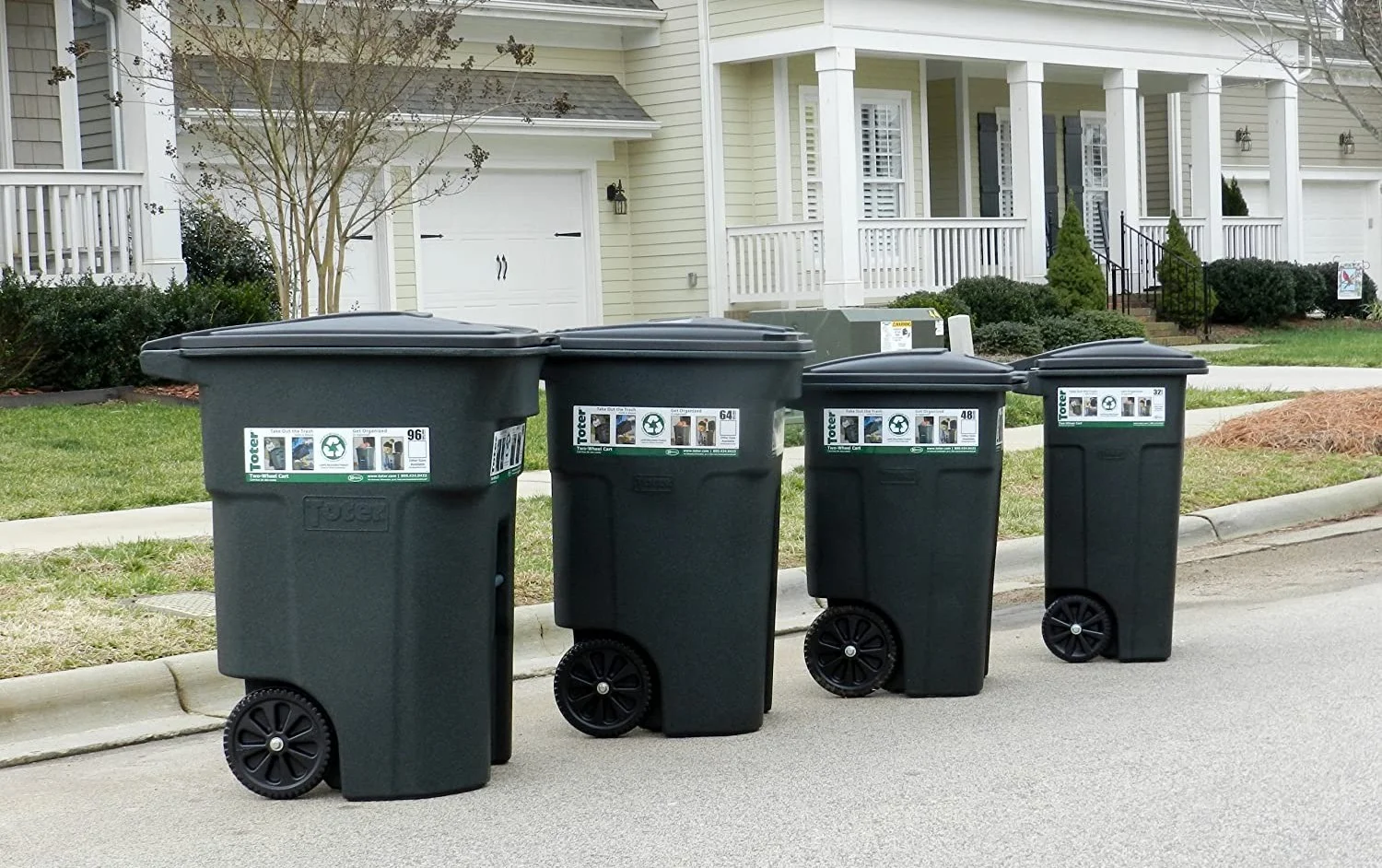

Outdoor Furniture
What Is A Requirement For An Outdoor Garbage Bin?
Modified: August 27, 2024
Discover the essential requirements for an outdoor garbage bin. Find the perfect outdoor furniture and design solutions for your space. Explore now!
(Many of the links in this article redirect to a specific reviewed product. Your purchase of these products through affiliate links helps to generate commission for Storables.com, at no extra cost. Learn more)
Introduction
Welcome to the world of outdoor furniture and design, where every element plays a crucial role in creating a harmonious and functional outdoor space. When it comes to maintaining the cleanliness and organization of your outdoor area, the outdoor garbage bin stands as an essential component. However, not all outdoor garbage bins are created equal, and understanding the specific requirements for an outdoor garbage bin is vital for ensuring its effectiveness and longevity.
In this comprehensive guide, we will delve into the key factors that define the requirement for an outdoor garbage bin. From durability and weather resistance to capacity and security, each aspect contributes to the overall functionality and aesthetic appeal of the outdoor garbage bin. By exploring these requirements, you will gain valuable insights into selecting the perfect outdoor garbage bin that aligns with your practical needs and design preferences.
Key Takeaways:
- Select outdoor garbage bins made of durable materials like high-density polyethylene or stainless steel to withstand harsh outdoor conditions and ensure long-term effectiveness and hygiene.
- Consider the capacity, security features, and aesthetic appeal of outdoor garbage bins to efficiently manage waste, prevent unauthorized access, and enhance the visual appeal of outdoor spaces.
Durability
When it comes to outdoor furniture and fixtures, durability is non-negotiable. The same principle applies to outdoor garbage bins. These bins are exposed to various environmental elements, including harsh sunlight, heavy rain, and fluctuating temperatures. Therefore, the material and construction of the outdoor garbage bin must be robust enough to withstand these conditions.
One of the most common materials used for durable outdoor garbage bins is high-density polyethylene (HDPE). This material is known for its exceptional strength and resistance to impact, making it ideal for outdoor use. Additionally, metal outdoor garbage bins, particularly those made from stainless steel, offer outstanding durability and can withstand corrosion and physical damage.
Another aspect of durability to consider is the construction of the bin. Look for outdoor garbage bins with reinforced seams and joints, as these features enhance the overall structural integrity of the bin. Additionally, a robust lid mechanism is essential to ensure that the lid can withstand frequent opening and closing without succumbing to wear and tear.
Furthermore, it’s essential to consider the maintenance requirements associated with the outdoor garbage bin’s durability. Opt for materials that are easy to clean and resistant to stains, odors, and mold. This not only prolongs the lifespan of the bin but also ensures that it remains hygienic and visually appealing over time.
Ultimately, prioritizing durability in an outdoor garbage bin is a long-term investment. By choosing a bin constructed from high-quality, resilient materials, you can trust that it will continue to serve its purpose effectively, even in the face of challenging outdoor conditions.
Weather Resistance
Outdoor garbage bins are constantly exposed to the elements, making weather resistance a critical requirement. The ability of a bin to withstand prolonged exposure to sunlight, rain, snow, and fluctuating temperatures directly impacts its longevity and performance.
When evaluating the weather resistance of an outdoor garbage bin, consider the impact of UV rays on its material. UV-resistant materials, such as certain types of plastic and powder-coated metals, are designed to withstand sun exposure without fading or deteriorating. This ensures that the bin maintains its structural integrity and aesthetic appeal over time.
Additionally, the bin should be designed to repel water effectively. Look for outdoor garbage bins with sealed seams and drainage systems to prevent water from seeping into the interior, which can lead to mold growth and unpleasant odors. Furthermore, a sloped or domed lid design helps to prevent water accumulation and ensures that rainwater runs off the surface, keeping the bin dry and functional.
Cold and fluctuating temperatures can also pose challenges to the weather resistance of outdoor garbage bins. Materials that are resistant to cracking and brittleness in low temperatures are essential for ensuring year-round durability. For instance, certain types of plastic and composite materials are engineered to maintain their flexibility and strength even in freezing conditions.
Considering the diverse weather conditions that outdoor garbage bins are exposed to, it’s crucial to select a bin that is specifically designed to withstand the climate of its intended location. Whether it’s the scorching heat of a desert environment or the freezing cold of a northern region, choosing a weather-resistant outdoor garbage bin ensures that it remains functional and visually appealing regardless of the weather conditions.
Capacity
When it comes to outdoor garbage bins, capacity plays a pivotal role in determining their practicality and convenience. The capacity of a bin refers to its volume and ability to accommodate the waste generated in a specific outdoor setting. Understanding the waste disposal needs of the area where the bin will be placed is essential for selecting the appropriate capacity.
For residential outdoor spaces, such as patios, decks, and gardens, smaller-capacity outdoor garbage bins are often sufficient. These bins typically range from 20 to 35 gallons in capacity, providing ample room for disposing of household waste without occupying excessive space. Additionally, smaller bins are easier to maneuver and empty, making them suitable for areas with limited accessibility.
On the other hand, commercial and public outdoor settings, such as parks, recreational areas, and outdoor dining establishments, require larger-capacity outdoor garbage bins to accommodate higher volumes of waste generated by visitors and patrons. Industrial-grade bins with capacities ranging from 50 to 100 gallons are commonly utilized in these settings to ensure efficient waste management without the need for frequent emptying.
When assessing the capacity of an outdoor garbage bin, it’s important to consider the frequency of waste collection and disposal in the given outdoor environment. High-traffic areas may benefit from larger bins that can contain a significant amount of waste between collection cycles, reducing the need for constant maintenance and emptying.
Furthermore, the design of the bin, including its opening and access points, should facilitate easy disposal of waste, regardless of the bin’s capacity. A well-designed outdoor garbage bin ensures that users can conveniently dispose of their waste without encountering overflow or accessibility issues.
By selecting an outdoor garbage bin with an appropriate capacity, tailored to the specific waste disposal needs of the outdoor environment, you can streamline waste management and maintain a clean and organized outdoor space with minimal maintenance.
When choosing an outdoor garbage bin, make sure it is made of durable, weather-resistant material like plastic or metal. This will help it withstand outdoor elements and last longer.
Security
Ensuring the security of the contents within an outdoor garbage bin is a crucial consideration, especially in public and high-traffic outdoor environments. Security features are essential for preventing unauthorized access to the bin’s contents, minimizing the risk of tampering, vandalism, and scavenging.
One of the primary security features to look for in an outdoor garbage bin is a robust locking mechanism. Lockable lids or access panels equipped with secure latches or key-operated locks deter unauthorized individuals from opening the bin and accessing its contents. This is particularly important in commercial and public settings where the disposal of sensitive or potentially hazardous waste necessitates controlled access.
Additionally, the construction of the bin itself should be resistant to forced entry and vandalism. Durable materials, such as heavy-gauge steel or impact-resistant plastic, provide a level of protection against physical damage and attempts to compromise the integrity of the bin. Reinforced hinges and joints further enhance the security of the bin, ensuring that it remains intact and functional even in high-traffic areas.
Furthermore, some outdoor garbage bins are designed with fire-resistant features to mitigate the risk of fire-related incidents caused by improper waste disposal or external factors. Fire-resistant materials and construction contribute to the overall security of the bin and the surrounding outdoor environment, especially in settings where fire safety is a critical concern.
For added security and convenience, consider outdoor garbage bins with integrated surveillance options, such as mounting capabilities for security cameras or sensor-based monitoring systems. These features not only enhance the security of the bin but also contribute to overall safety and monitoring capabilities in outdoor spaces.
By prioritizing security features in the selection of an outdoor garbage bin, you can safeguard the contents within the bin, maintain a clean and secure outdoor environment, and minimize the risk of unauthorized access and potential safety hazards.
Read more: How To Hide Outdoor Garbage Cans
Animal Resistance
Outdoor environments often attract various wildlife and domestic animals, making animal resistance a crucial requirement for outdoor garbage bins. Preventing animals from accessing and potentially disrupting the contents of the bin is essential for maintaining cleanliness, hygiene, and overall functionality.
One of the most common challenges in outdoor waste management is deterring scavenging animals, such as raccoons, rodents, and birds, from accessing the contents of garbage bins. To address this, outdoor garbage bins are designed with animal-resistant features that effectively prevent unauthorized entry and tampering.
One effective approach to animal resistance is the incorporation of secure and tightly sealed lids. Lockable or latching lids, when properly secured, prevent animals from prying open the bin and accessing its contents. Additionally, weighted or reinforced lids provide an extra layer of defense against determined and resourceful animals.
The design of the bin’s access points also plays a significant role in animal resistance. Narrow openings and strategically positioned handles or access panels make it difficult for animals to manipulate the bin’s lid or gain access to the waste inside. Furthermore, certain outdoor garbage bins are equipped with specialized baffles or deterrent devices that discourage animals from approaching or attempting to breach the bin.
Material selection is another key aspect of animal resistance. Durable and impact-resistant materials, such as heavy-duty plastic or metal, are less susceptible to damage caused by animal activity. Additionally, smooth and nonporous surfaces make it challenging for animals to grip or manipulate the exterior of the bin, further enhancing its animal-resistant properties.
By prioritizing animal resistance in the selection of an outdoor garbage bin, you can effectively mitigate the risk of wildlife interference, maintain the integrity of the bin’s contents, and promote a hygienic and pest-free outdoor environment.
Aesthetic Appeal
While functionality and practicality are paramount, the aesthetic appeal of an outdoor garbage bin should not be overlooked. Integrating a visually appealing bin into the outdoor environment contributes to the overall design cohesiveness and enhances the visual impression of the space.
Outdoor garbage bins are available in a wide range of designs, styles, and finishes to complement various outdoor settings, from modern urban landscapes to rustic natural environments. When considering the aesthetic appeal of a bin, factors such as color, texture, and form come into play.
Color plays a significant role in the visual impact of an outdoor garbage bin. Opting for a color that harmonizes with the surrounding elements, such as the architecture, landscaping, or outdoor furniture, ensures that the bin seamlessly integrates into the environment. Neutral tones, earthy hues, and subdued shades are often preferred for their versatility and ability to blend with diverse outdoor aesthetics.
Texture and finish contribute to the tactile and visual qualities of the bin. Textured surfaces, embossed patterns, or matte finishes can add depth and character to the bin, creating visual interest and enhancing its overall appeal. Additionally, the choice of material, whether it’s sleek stainless steel, rugged composite, or natural wood-like finishes, can significantly impact the bin’s aesthetic presence.
The form and design of the bin also play a vital role in its aesthetic appeal. Sleek, streamlined silhouettes are well-suited to contemporary and minimalist outdoor environments, while more traditional or ornate designs may complement classic or heritage-inspired settings. Additionally, the integration of architectural details, such as decorative panels or embossed motifs, can elevate the visual appeal of the bin.
By selecting an outdoor garbage bin that aligns with the aesthetic vision of the outdoor space, you can elevate the overall design cohesiveness and create a harmonious and visually pleasing environment. A well-designed and visually appealing bin not only serves its practical function but also contributes to the aesthetic integrity of the outdoor setting.
Conclusion
Understanding the multifaceted requirements for an outdoor garbage bin is essential for selecting a bin that not only meets practical needs but also integrates seamlessly into the outdoor environment. From durability and weather resistance to capacity, security, animal resistance, and aesthetic appeal, each requirement contributes to the overall functionality and visual impact of the bin.
By prioritizing durability, you ensure that the outdoor garbage bin withstands the rigors of outdoor conditions and maintains its structural integrity over time. Weather resistance is crucial for protecting the bin from the elements, ensuring its longevity and performance in diverse climates.
Considering the capacity of the bin in relation to the waste disposal needs of the outdoor setting allows for efficient waste management and minimizes maintenance requirements. Security features are essential for safeguarding the contents of the bin and preventing unauthorized access, particularly in public and commercial environments.
Animal resistance plays a vital role in maintaining the cleanliness and integrity of the bin’s contents, mitigating the risk of wildlife interference and promoting a hygienic outdoor environment. Finally, the aesthetic appeal of the bin contributes to the overall design cohesiveness and visual impression of the outdoor space, enhancing its visual impact and integration into the environment.
By carefully considering these requirements and selecting an outdoor garbage bin that aligns with these criteria, you can effectively manage waste, maintain cleanliness, and enhance the visual appeal of the outdoor environment. Whether it’s a residential patio, a bustling urban park, or a serene garden retreat, the right outdoor garbage bin serves as a functional and visually pleasing asset that contributes to a well-maintained and harmonious outdoor space.
Frequently Asked Questions about What Is A Requirement For An Outdoor Garbage Bin?
Was this page helpful?
At Storables.com, we guarantee accurate and reliable information. Our content, validated by Expert Board Contributors, is crafted following stringent Editorial Policies. We're committed to providing you with well-researched, expert-backed insights for all your informational needs.
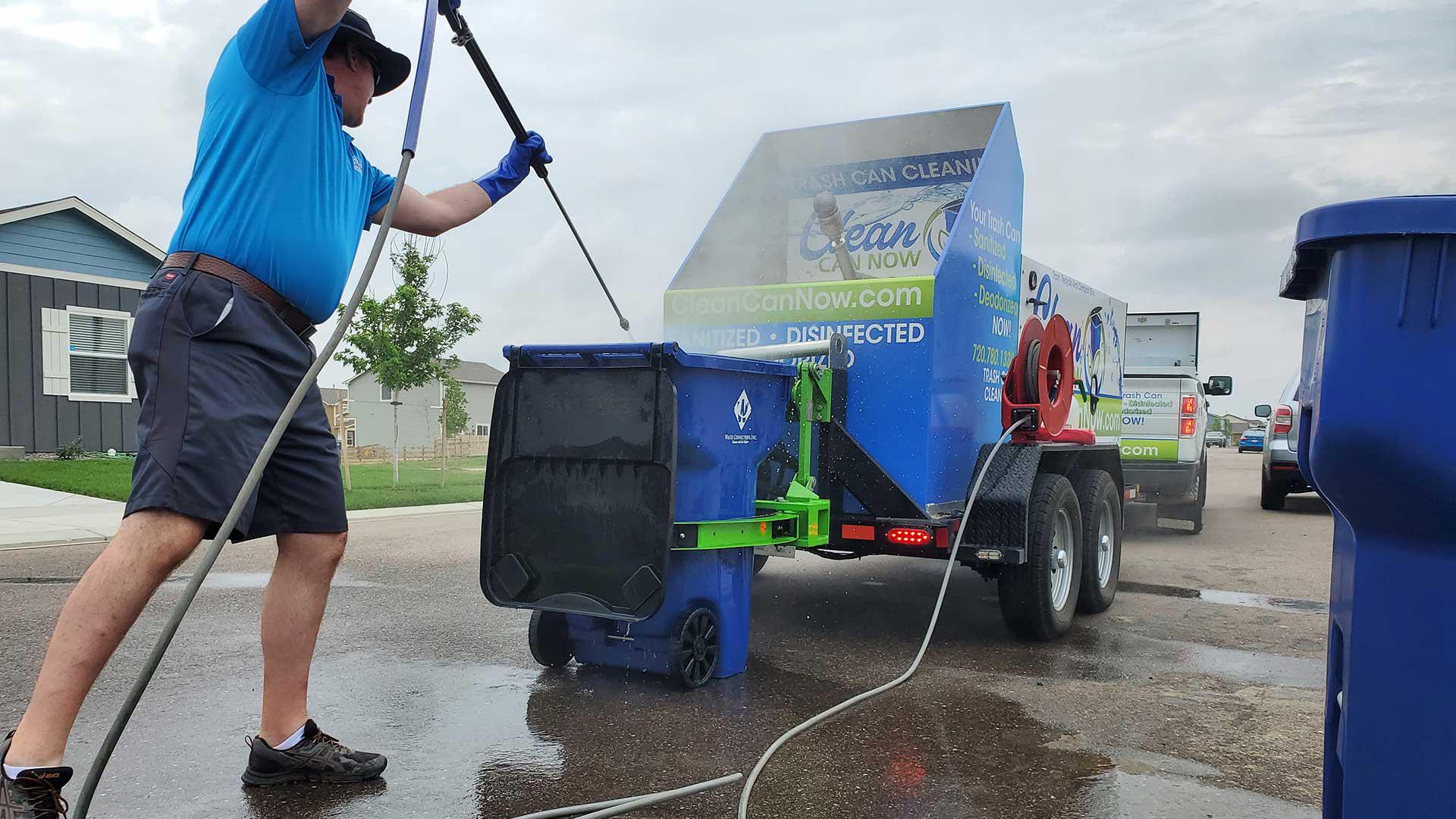
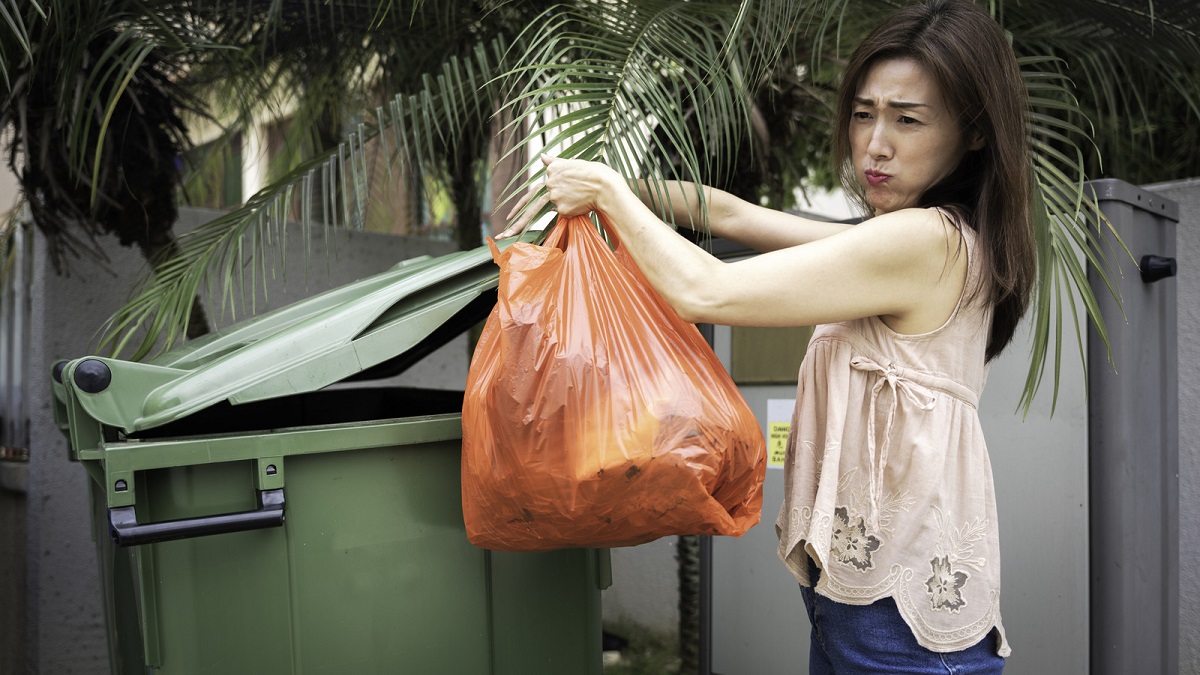

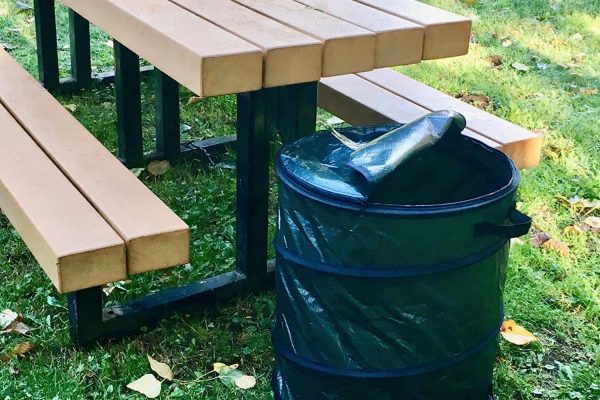


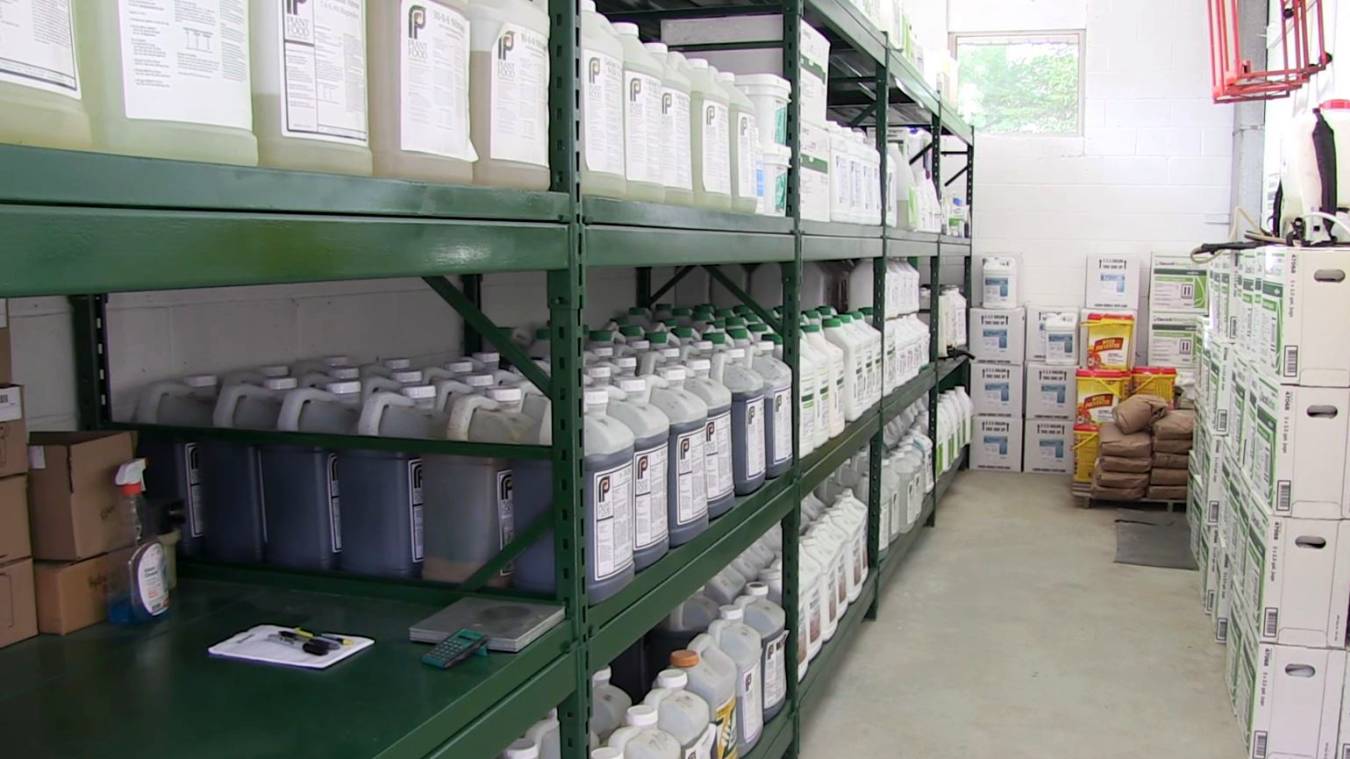



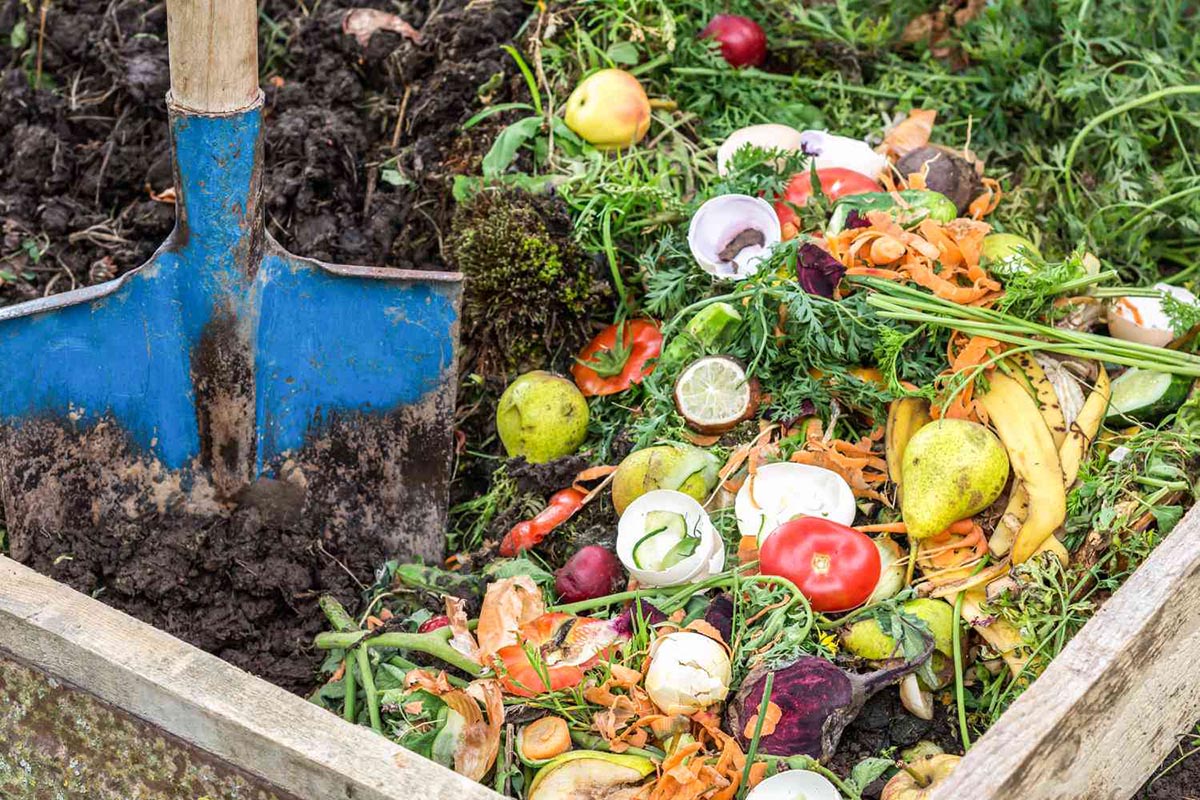
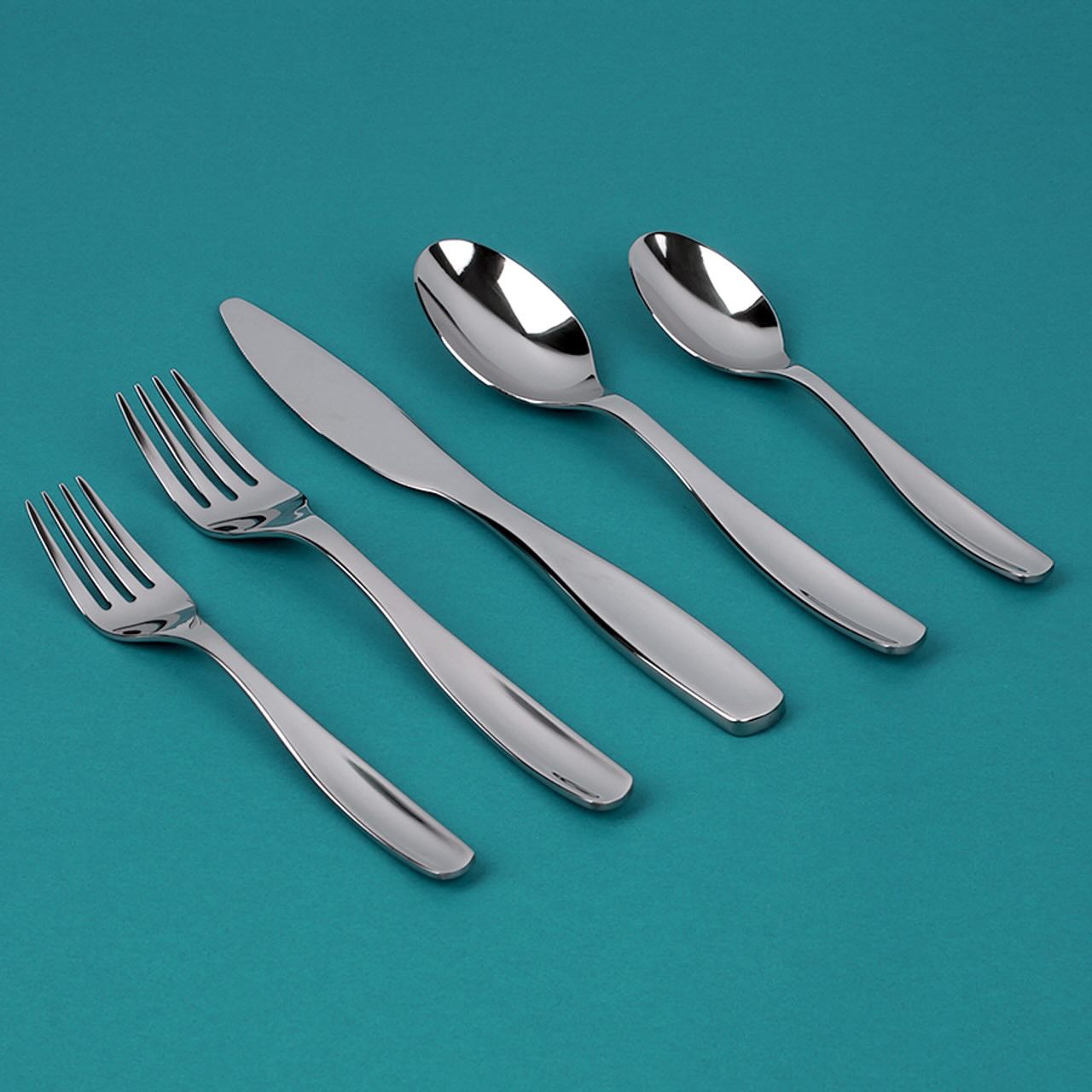



0 thoughts on “What Is A Requirement For An Outdoor Garbage Bin?”